Goth clothing is a diverse and inclusive subculture that allows individuals to express their unique style while embracing darkness. In this article, we delve into the world of goth clothing, exploring various sub-styles, the significance of gothic fashion, how it is influenced by history and music, ways to personalize goth clothing, common elements and accessories, and the enduring popularity of this dark and captivating fashion movement.
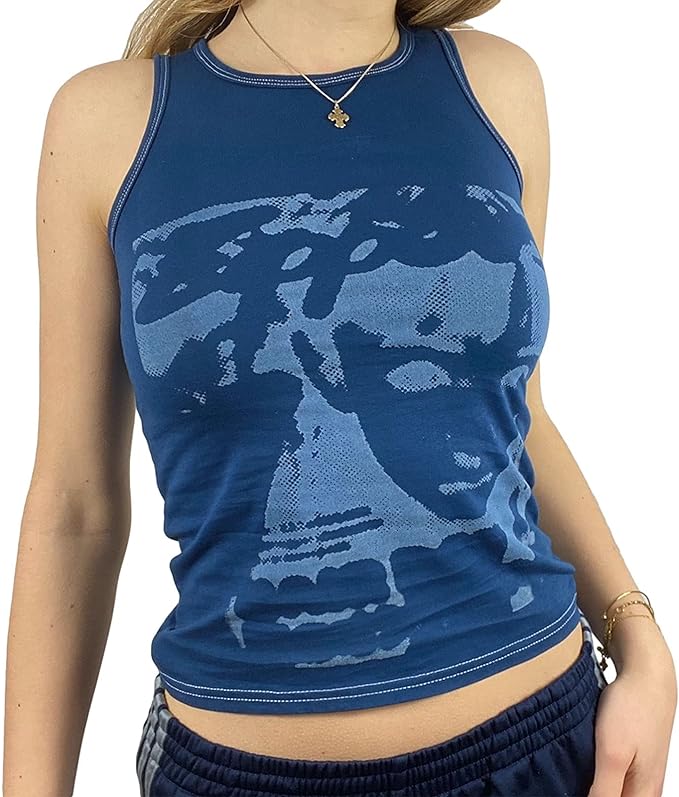
I. The Diversity of Goth Clothing
1.1 Traditional Goth: Darkness and Romanticism
Traditional goth fashion embraces darkness and romanticism, often characterized by flowing black garments, Victorian-inspired elements, and lace detailing. This sub-style draws inspiration from gothic literature, classic horror films, and the punk movement, creating an aesthetic that exudes mystery and sophistication.
1.2 Modern Interpretations: From Pastel Goth to Nu Goth
Goth clothing has evolved with modern interpretations such as pastel goth and nu goth. Pastel goth combines elements of goth fashion with pastel colors, creating a softer and more whimsical aesthetic. Nu goth, on the other hand, takes a more minimalist approach, incorporating monochromatic or muted color palettes and embodying a contemporary and urban vibe.
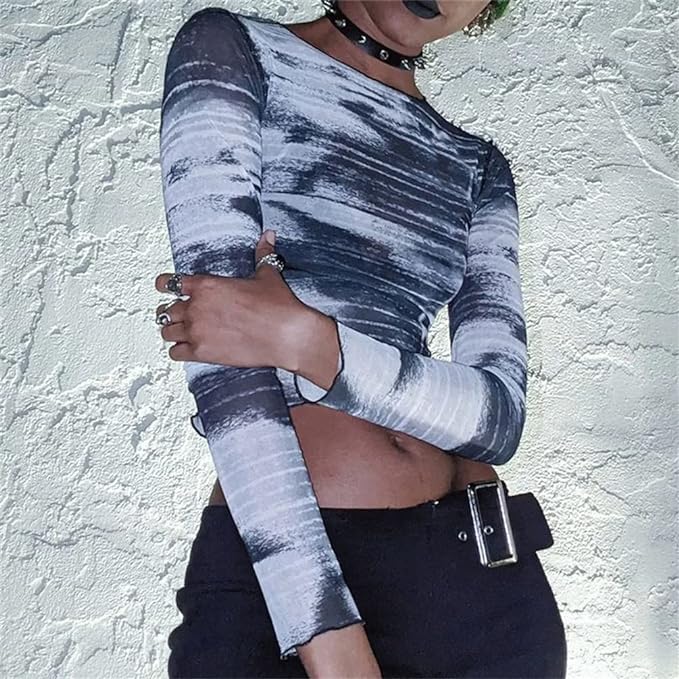
II. The Significance of Goth Fashion
2.1 Embracing Darkness and Individuality
Goth fashion holds the power to not only embrace darkness but also celebrate individuality. It allows individuals to express their style in a way that is authentic and unique to them. By embracing the dark aesthetic, goth fashion challenges mainstream beauty standards and provides a space for self-expression, allowing individuals to feel empowered and confident in their own skin.
2.2 A Subculture and Sense of Belonging
Goth fashion is deeply rooted in a subculture that provides a sense of belonging for individuals who resonate with the aesthetics and values of the goth community. This subculture fosters a sense of acceptance and mutual appreciation, creating a supportive environment where individuals can authentically express themselves. Goth fashion becomes a visual identifier that unifies like-minded individuals and forms bonds within the goth community.
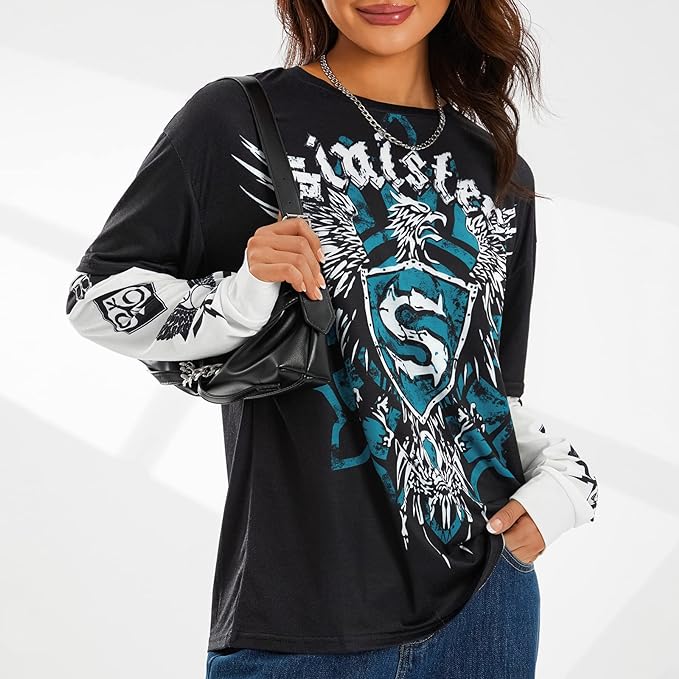
III. Influences on Goth Clothing
3.1 Historical Inspirations: Victorian Era and Romanticism
Goth fashion draws inspiration from various historical periods, with a particular emphasis on the Victorian era and its romantic aesthetic. Victorian-inspired elements, such as corsets, high collars, and lacework, are often incorporated into goth clothing, creating a sense of elegance and refinement.
3.2 Music and Subcultural Influences
Music plays a significant role in shaping goth fashion. The gothic subculture emerged alongside bands like Bauhaus, Siouxsie and the Banshees, and The Cure, whose music expressed a dark and introspective sentiment. The fashion choices of these early gothic bands greatly influenced goth fashion, and the movement continues to be intrinsically linked to the music that inspired it.
IV. Personalizing Goth Clothing
4.1 Expression through Individual Style
Goth clothing allows for personalization and the expression of individual style. Whether it’s adding unique accessories, experimenting with different fabrics and textures, or incorporating personal symbolism, individuals have the freedom to make their goth fashion choices truly their own. Personalizing goth clothing not only adds a touch of individuality but also allows individuals to connect with the deeper meaning and symbolism behind their fashion choices.
4.2 DIY and Customization
Many goth enthusiasts embrace do-it-yourself (DIY) techniques to customize their clothing, adding a further layer of personalization to their style. From hand-painting designs or band logos on jackets to sewing on patches or studs, DIY is a beloved and creative aspect of goth fashion. Customization empowers individuals to transform their clothing into unique pieces of art that truly reflect their individuality.
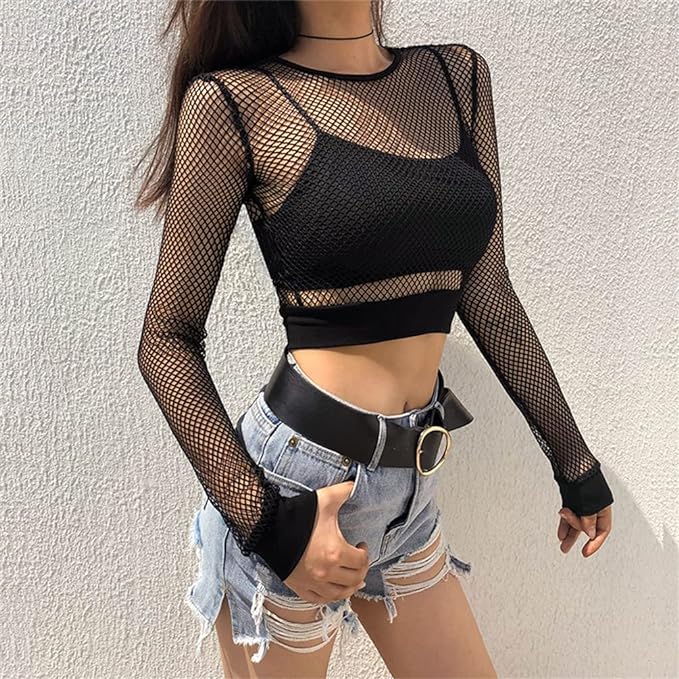
V. Common Elements in Goth Fashion
5.1 Black as the Foundation
Black serves as the foundation of goth fashion, representing the essence of darkness, mystery, and rebellion. This iconic color is a staple in most goth outfits, from flowing dresses to tight-fitting pants or skirts. The use of black creates a captivating contrast against pale skin tones or vibrant hair colors, enhancing the overall goth aesthetic. It exudes a sense of elegance, sophistication, and a touch of danger. Black is not only visually striking but also evokes a sense of power and individuality, allowing individuals to embrace their inner darkness and defy societal norms.
The versatility of black as a foundation in goth fashion lies in its ability to be both elegant and edgy. Flowing black dresses with lace or sheer fabric create a romantic and ethereal look that is reminiscent of Victorian goth. On the other hand, tight-fitting black pants or skirts paired with leather jackets or studded accessories exude a bold and rebellious vibe, often associated with punk and modern interpretations of goth fashion. The use of black as a foundation provides a cohesive and striking aesthetic that ties the various sub-styles of goth fashion together.
5.2 Symbolism and Imagery
Symbolism and imagery play an integral role in goth fashion, adding depth and meaning to the overall aesthetic. These elements often align with the dark and mysterious themes of the goth subculture. Common motifs include crosses, skulls, bats, cobwebs, and occult symbols, among others. These symbols evoke a sense of the macabre, the supernatural, or even spiritual connections, contributing to the allure and intrigue of goth fashion.
The use of crosses in goth fashion references religious and spiritual iconography, often associated with the gothic and medieval periods. These symbols can be incorporated into jewelry, clothing prints, or even tattoos, adding a touch of mystery and spirituality to the wearer’s overall look. Skulls, another common gothic motif, symbolize mortality and remind us of the transient nature of life. They are often seen in accessories, such as rings or pendants, to add an edgy and rebellious edge to goth fashion.
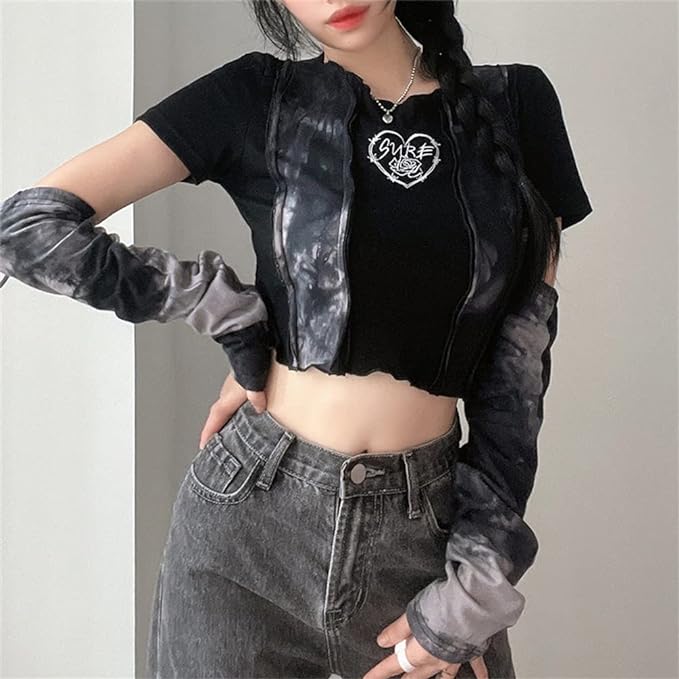
Bats, often associated with the nocturnal and mysterious, are used to convey an air of elegance and mystique. Cobwebs symbolize the entanglement of life and death, intertwining elements of beauty and decay. Occult symbols, such as pentagrams or sigils, represent esoteric knowledge and the exploration of the supernatural realm. These symbols and imagery allow goth fashion enthusiasts to infuse their personal style with deeper meanings and create a visual narrative that reflects their interests and beliefs.
VI. The Enduring Popularity of Goth Fashion
6.1 Fashion as Self-Expression
The enduring popularity of goth fashion lies in its ability to provide a platform for self-expression. By embracing darkness and individuality, goth fashion allows individuals to break free from societal norms and express themselves authentically. Its continued relevance stems from its transformative power and the freedom it offers in crafting a unique and bold personal style.
6.2 Aesthetic Versatility and Adaptability
Goth fashion’s ability to evolve and adapt to modern interpretations is another reason for its enduring popularity. The diverse range of goth sub-styles, from traditional to contemporary, allows individuals to find a style that aligns with their unique preferences and aesthetics. This versatility ensures that goth fashion remains relevant and appealing, attracting new enthusiasts while maintaining the loyalty of long-time followers.
In conclusion, goth clothing is a diverse and inclusive subculture that embraces darkness, individuality, and self-expression. From traditional goth to modern interpretations like pastel goth and nu goth. Goth fashion offers a wide range of styles for individuals to explore and adopt. Goth fashion draws influences from history, music, and personal expression, allowing individuals to create a unique style that resonates with their aesthetics and values. With its enduring popularity and inclusive nature, goth fashion continues to captivate and inspire both its loyal followers and newcomers to the subculture.
